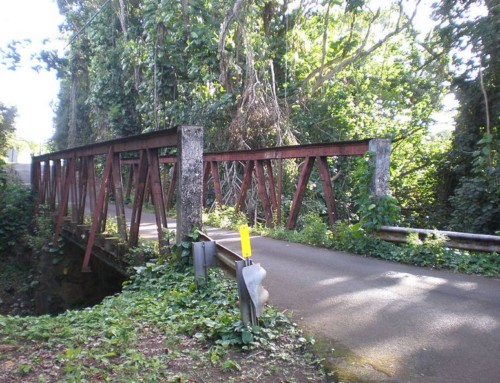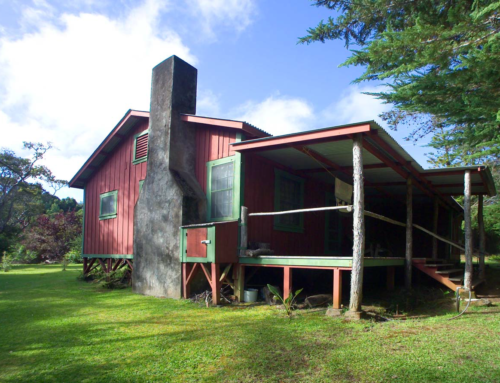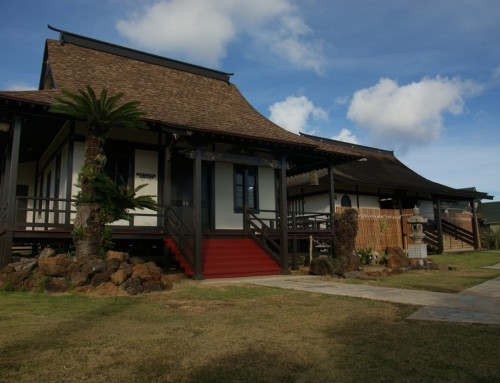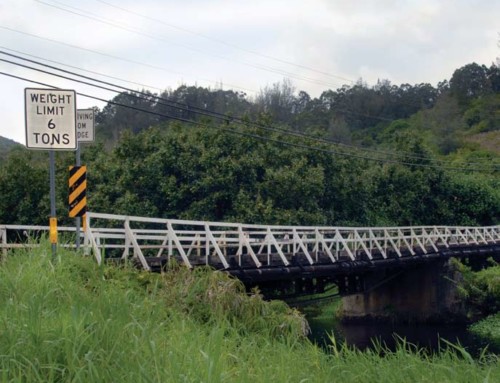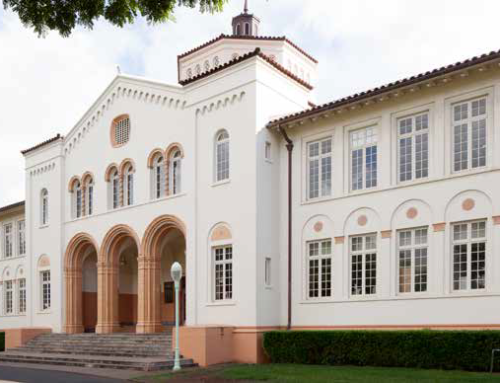Photos: Courtesy of David and Sue Boynton
Article Written By: Michael Keany, HONOLULU Magazine
What is it?
Amazingly, this two-story coral limestone house in Waimea, Kaua‘i, has been in almost continuous use as a residential home since missionary Peter Gulick built it more than 178 years ago. “It’s got all this wonderful history spanning from the missionary times through to the sugar era,” says Linda Faye Collins, president of the Kikiaola Land Co., an offshoot of the original Waimea Sugar Mill Co., which has long owned the property. The house became a home for the sugar company’s plantation managers, and, at one point, its basement even served as the town jailhouse. Today the Gulick-Rowell House is prized by historic-minded community members and architects as an irreplaceable example of traditional New England architecture in Hawai‘i.
What threatens it?
The litany of woes you’d expect from a house nearing its bicentennial—sagging wood floors, water damage, cracks in the foundation, to name a few. A 1997 inspection estimated the cost of renovation at $1.2 million, a figure that can only have grown since then. The situation has taken on a new urgency this year: The two sisters who have lived in the house their entire lives are moving out. Architect Bob Fox, who helped inspect the building, says vandalism and environmental wear and tear now pose increased threats to the newly empty home. “Once a house is unoccupied, it’s amazing how quickly it deteriorates. I don’t know what it is, but it seems like the whole building gives up and just rots away,” he says.
What can be done?
Kikiaola Land Co. is looking to create a nonprofit organization to raise funds for repair and renovation. Possible solutions include turning the house into a public museum, building a separate bed and breakfast on the property that would finance upkeep and repair of the Gulick-Rowell House, or creating some other adaptive reuse plan for the property.



